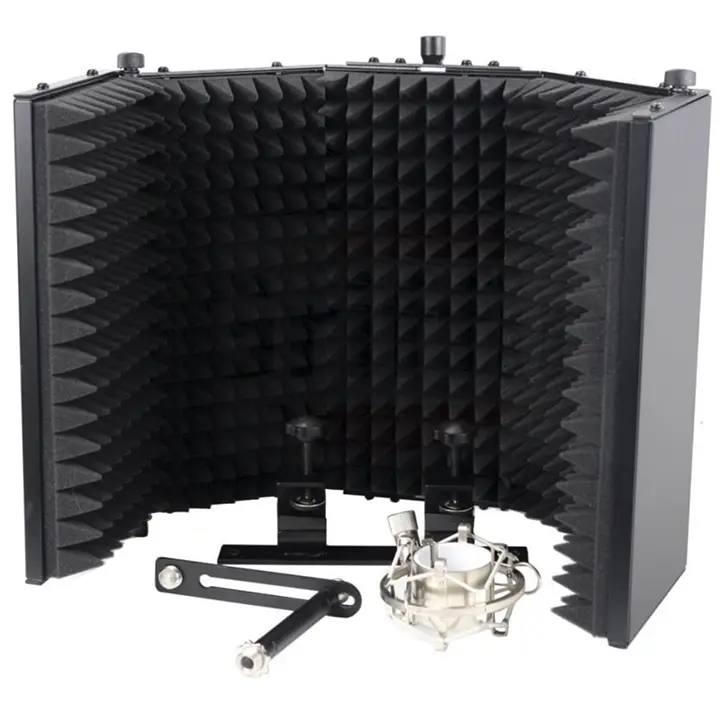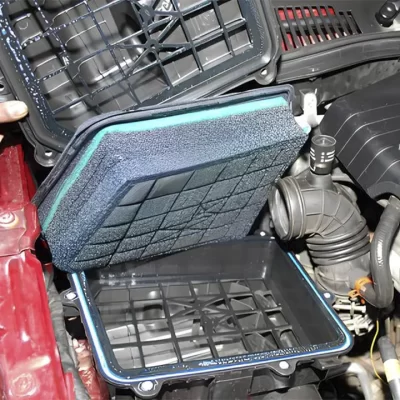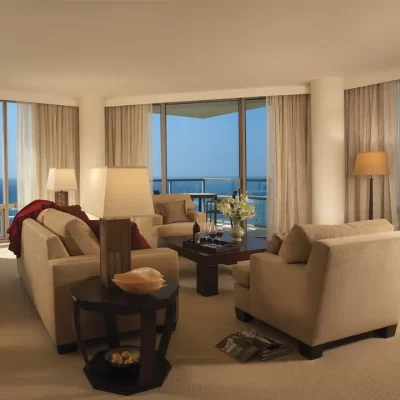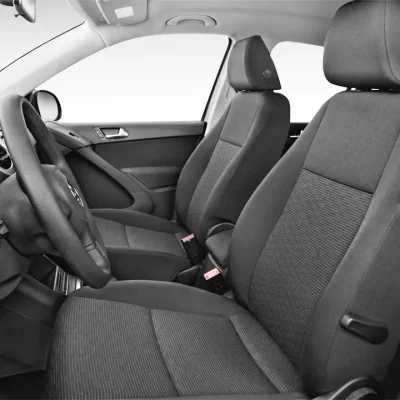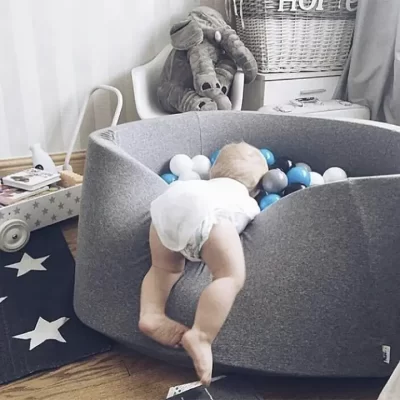Vocal Booths and Recording Spaces
Polyurethane Foam Acoustic Usage in Vocal Booths & Recording Spaces
Why Acoustic Treatment Matters
Vocal booths and recording spaces require precise control over sound reflections, reverberation, and background noise to produce clean, professional-quality recordings. Polyurethane (PU) foam plays a critical role in achieving this by absorbing unwanted sound energy.
Key Applications of PU Foam in Vocal Booths and Recording Studios
Wall and Ceiling Panels
- Open-cell polyurethane foam panels absorb mid- to high-frequency reflections (especially human voice frequencies: ~500 Hz–4 kHz).
- Foam shapes like wedges, pyramids, or egg crates increase surface area and improve absorption.
- Installed on walls and ceilings at reflection points to reduce flutter echo and room coloration.
Corner Bass Traps
- Thicker PU foam blocks or traps are installed in corners to absorb low-frequency sound energy, minimizing bass buildup.
- Helps maintain tonal balance in both vocal and instrumental recordings.
Floating Vocal Booths
- PU foam is used in portable or modular vocal booths to line interior walls, creating a dry, isolated vocal recording space.
- Also used beneath booth floors or platforms to reduce vibration transmission.
Monitor Isolation Pads: PU foam pads are placed under studio monitors to decouple them from surfaces, preventing vibrations and improving playback accuracy during mixing.
Door and Seal Padding: Foam strips or panels are used around door frames and booth seals to reduce sound leakage and ensure proper isolation.
Benefits of Using Polyurethane Foam in Recording Spaces
- Excellent sound absorption for voice and instruments
- Lightweight and easy to install with spray adhesive or mounting tape
- Available in fire-retardant and low-VOC formulations
- Cost-effective solution for home and professional studios
- Enhances recording clarity, accuracy, and consistency

